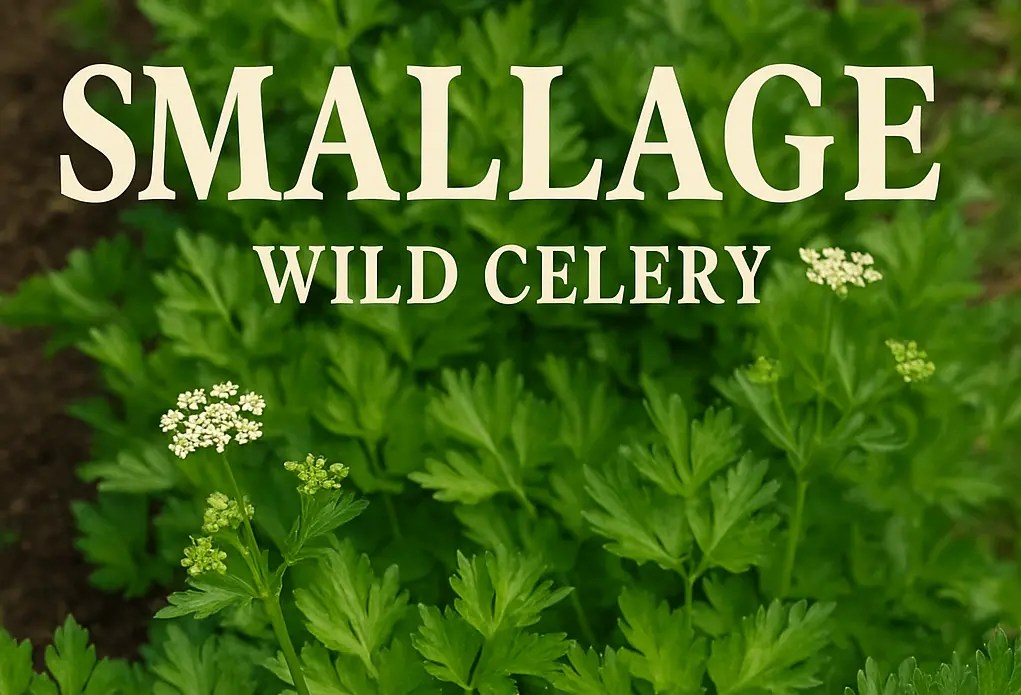Smallage: The Wild Celery with a Rich History
Introduction
What if we told you that the celery seed or salt you use in your cooking is not actually from celery? It’s true! Instead, it comes from a herb called smallage, which has been used for centuries for both culinary and medicinal purposes. Let’s dive into the fascinating world of smallage and explore its many uses and historical significance.
What is Smallage?
Smallage, also known as wild celery, is a biennial herb that resembles celery in appearance and flavor. It has similar-looking stalks, but they are not typically eaten due to their fibrous texture. Smallage leaves, on the other hand, have a strong celery flavor and can be used in a variety of dishes, such as salads and soups.
Medicinal Uses of Smallage
Throughout history, smallage has been used to treat a wide range of ailments. The ancient Romans believed it could repel evil spirits, while the ancient Egyptians associated it with death and wove it into funerary wreaths. In the Renaissance, smallage was burned as incense to either dispel or gather spirits. Modern research has shown that smallage contains several anti-inflammatories, making it a potential remedy for gout and other inflammatory conditions.
Growing Wild Celery Plants
Growing smallage in your garden is relatively easy. It prefers a sunny spot with well-drained soil. You can start seeds indoors and transplant them outside once the danger of frost has passed, or you can sow seeds directly in the garden after the last spring frost. Thin the seedlings to about a foot apart and water regularly. Smallage will bloom in its second year, producing seeds that can be harvested for future planting.
Harvesting Smallage
Smallage leaves can be harvested prior to bloom time as needed, or you can harvest the entire plant by cutting it back by 3/4. If you are harvesting for seeds, wait until the second year, after the plant has bloomed. Simply cut off the dried seed heads and collect the seeds.
Companion Planting with Smallage
Smallage is a beneficial companion plant for other members of the Brassica family, such as cabbage and broccoli. It is said to repel insects like the cabbage white butterfly, making it a valuable addition to any vegetable garden.
The Dual Nature of Smallage
Throughout history, smallage has been described as having both calming and sedating, as well as sexually stimulating and arousing properties. Depending on the century, it has been used as a sleep aid or as an aphrodisiac.
Conclusion
Smallage is a fascinating herb with a rich history and a wide range of uses. Whether you are looking to add a unique flavor to your dishes, treat ailments naturally, or attract beneficial insects to your garden, smallage is a versatile plant that deserves a place in your life.
